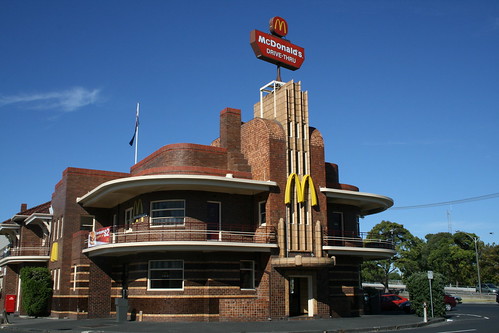Art Deco, a captivating art style that emerged in France on the cusp of World War I, transcended traditional boundaries and left an indelible mark on the visual arts, architecture, and design. Its influence permeated every facet of life, from the sleek lines of furniture to the exquisite craftsmanship of jewellery.
As this artistic movement crossed the Atlantic and captivated America in the early 1920s, it became synonymous with the vibrant spirit of the roaring twenties. The opulence and grandeur of Art Deco resonated with the era’s exuberance, embodying a sense of sophistication and celebration. However, with the onset of the economic depression in the early 1930s, the style gradually evolved into a more pragmatic and streamlined form, adapting to the changing times while retaining its distinct allure.
Rooted in the organic evolution of the Art Nouveau style, Art Deco shares many similarities with its predecessor. Both styles exhibit a penchant for rich ornamentation and intricate detailing. However, where Art Nouveau embraced flowing, natural curves, Art Deco boldly embraces strong geometric patterns and bold lines, creating a sense of dynamism and precision.
The evolution of Art Deco is evident in its material choices. Early manifestations often showcased the opulence of gold and silver, reflecting the prevailing taste for luxury. Later iterations, in response to shifting social and economic landscapes, adopted a more subdued palette with the prominent use of steel, chrome, and plastic. This shift marked a turning point in the history of architecture, laying the foundation for modernist principles and forging a new era of design.
Known for its bold geometric shapes, symmetrical lines, and ornate details, Art Deco represents a fusion of modernity and luxury. Among the remarkable architectural exemplars of this iconic style stands Du Cane Court, an exceptional residential building in Balham, London. Built in the 1930s, Du Cane Court showcases the quintessential elements of Art Deco, from its symmetrical façade adorned with geometric motifs to the elegant use of materials such as brick, metal, and glass. With its impressive scale, meticulous attention to detail, and a wealth of original features, Du Cane Court stands as a testament to the grandeur and enduring appeal of Art Deco architecture. It is an architectural gem that captures the spirit of an era and continues to mesmerise admirers with its timeless beauty.
Join us on a captivating journey through time as we delve into the world of Art Deco. Explore its intricate details, marvel at its geometric symphony, and uncover the echoes of a bygone era that still resonate in our modern aesthetic sensibilities. Step into the allure of Art Deco, where elegance, influence, and modernity converge in a symphony of artistry and craftsmanship.

















